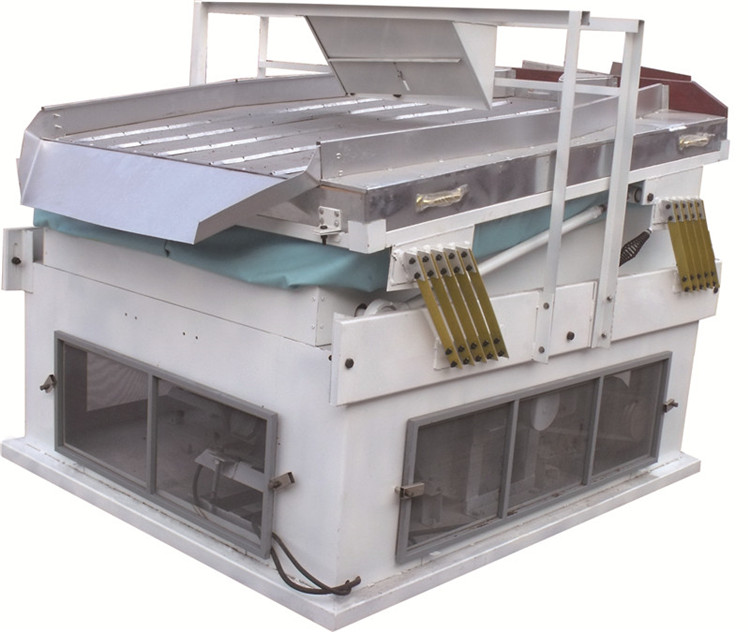The tractor should not run too long at low speed
Disinfection is disinfection. To incubate the hatchery and eggs before hatching, use 15 g of potassium permanganate per cubic meter of space, 30 ml of formalin, and fumigate at a temperature of 25°C to 30°C for 20 minutes to kill the virus on the eggs.
Temperature is the temperature. Incubation temperature should be based on the development of the embryo to take a high temperature in the early stage, the middle level, slightly lower in the later period, a slightly higher Schwing temperature during the hatching period. Temperatures are: pre-heating eggs 6-8 hours before hatching, egg temperature 36 °C ~ 38 °C; incubation 1 ~ 7 days 38.8 °C ~ 39.2 °C; incubation 8 ~ 14 days 38.5 °C ~ 38.8 °C; incubation 15 ~ 20 days 38 °C ~ 38.5 °C; hatching 21 ~ 24 days (out of the shell) 38.5 °C ~ 39 °C.
Wet or humidity. The relative humidity in the pre-hatch period is 60% to 65%, the medium-term is 55% to 60%, and the post-period is 60% to 68%. The hatching period should be 70% to 75%.
Turn over eggs. In order to make the eggs heated evenly, eggs must be turned manually or naturally. From the second day of hatching, turn the eggs once in 2 to 4 hours. Turn the eggs 180 degrees. After 20 days of incubation, stop turning the eggs.
Let the air dry. It is usually dried once a day starting from 16 days of incubation. 21 to 24 days, twice a day to dry, the length of time to air the eggs range, according to the situation, flexible control, when the egg temperature dropped to 35 °C continue to hatch.
Spray water. In the 21 to 24 days of incubation, spray water once a day, the water temperature is about 35°C, and continue to hatch after being dried. Under the action of repeated airing and spraying of water, the eggshell is hardened and crunchy, which is conducive to shelling the chicks.
Take it as it is. The first time the eggs are hatched 6 to 8 days after hatching, the main check is the fertilization rate of the eggs. The normal eggs can find the eye spots on the embryos. The eggs are red and bloody, but no eggs are changed. Timely remove the lean egg. The number of eggs according to the specific circumstances of the operation, mainly to check the embryonic development, and detect dead fetus eggs.
Destoner has two types. Air Blowing type and Air Suction Type.
The Air Blowing Type Destoner has air blowers in bottom, with more quantity of air blowers, which can provide larger air volume for easy separation of stones and seed. The Blowing Type Destoner also has bigger size processing table, which can process the seed sufficiently .
Function of Destoner:
Destoner Machine is used to remove sand, stones, metals from good grain , seed, beans. It is also called Dry Stoner, Stone Removing Machine.
Its working principle is based on gravity weight, to remove heavier impurities from good materials.
Working Process of Destoner:
The working process is : when seed flow into vibration deck/sieve, with the combined work of vibration and air blowing, the heavier materials and lighter materials will separate in different layers and discharge from different outlet.
Application of Destoner:
Our Destoner Machine can be used for all kinds of seed, grain, beans, such as wheat, maize, rice, paddy, sesame, red beans, chickpea beans, soybeans, sunflower seed etc.
We also provide extra table or different sieves to process different materials.
Specification of Air Blowing type Destoner:
|
Model |
Capacity(t/h) |
Power(kw) |
Weight(kg) |
Dimension(mm) |
|
5XQS-3 |
3 |
5.5 |
600 |
1800X1300X1600 |
|
5XQS-5 |
5 |
7 |
700 |
2500X1560X1600 |
|
5XQS-10 |
10 |
9.7 |
800 |
2500X1680X1600 |

Air Blowing Type Destoner
Air Blowing Type Destoner,Grain Bean Destoner,Rice Stone Removing Machine,Rice Soybean Destoner Machine
SHIJIAZHUANG SYNMEC INTERNATIONAL TRADING LIMITED , http://www.seedgraincleaner.com